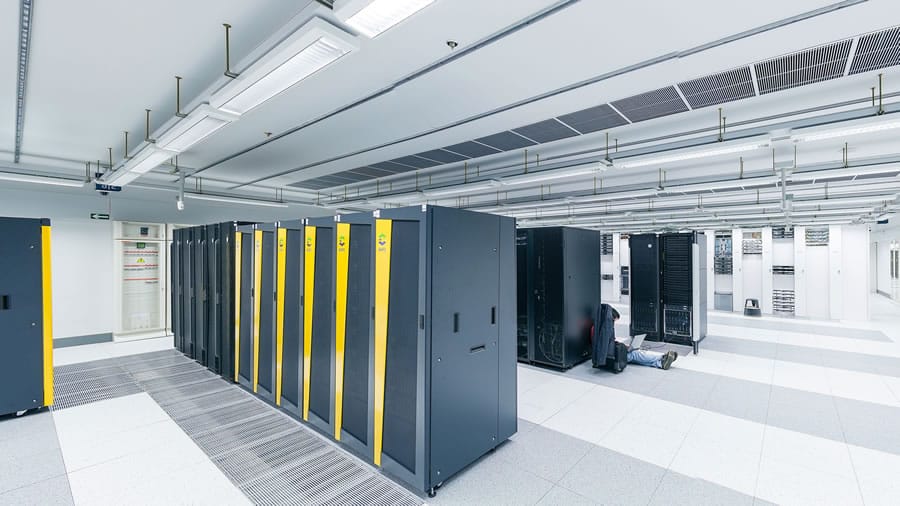
Computing Ethics Surrounded by Machines Essay
The article “Computing Ethics Surrounded by Machines” written by Kenneth D. Pimple tells about the increasing presence of information and communication technologies in our everyday lives. This technological devises are too small to notice, integrated into appliances, automobiles, clothing or aspects of services people used willingly. The aim of some such technologies is to be invisible for users, taken-for-granted or just unnoticed by people while existing and working in human society.
Kenneth D. Pimple tells that these technologies were the topic of a two-day workshop Ethical Guidance for Research and Application of Pervasive and Autonomous Information Technology (PAIT) held in 2010. Thirty-six scholars, including engineers, ethicists, geographers, social scientists, lawyers and scientists participated in that meeting and discussed ethical issues in pervasive IT, creating approaches to ethical guidance for the development and use of such IT devices.
The author of the article focuses on three main topics that were discussed at the workshop: Machines on the go…, …in the home…, …and thinking for themselves. The part of the article Machines on the go… argues that when presented properly, the benefits of pervasive IT are obvious. There is no doubt that the popularity of cell phones or Internet is increasing, and that the quantity of personal information that circulates is also increasing. At the workshop, Katie Shilton described some projects using mobile phone. The first technology allows recording and submitting location of a person using the mobile phone. Then this program gives full information about phone user’s pollution of environment and shows environmental harms people create. The second project (Bikettastic), bicyclists carrying GPS-enabled mobile phones transmit data about their routs, volume of noise and roughness of the pass. Future improvements of such technology could show the existing data about the route: traffic conditions, air quality and traffic accidents.
The part of the article “in the home” tells about Kalpana Shankar and the presentation of the case study “Sensing Presence and Privacy: the Presence Clock”. This clock is a device meant to ensure the offspring that their elders are safe. The Present Clock is and analog clock that comes in pairs. One clock is instilled in elder’s house and the second – in the house of their caretakers. These clocks are connected via Internet. The sense of such devises is to give the elder and caregiver a sense of presence, even being at a distance.
The third part of the article “and thinking for themselves” tells about autonomous systems – machines that make choices without direct human intervention. Keith W. Miller and Karl Schewe tell about their concern as to autonomous systems. Their presentation “The problem of many hands when some of the hands are robotic” mentions about the assigning responsibility when something goes wrong. They claim that the more people are involved in a project, the more people are to blame in further problems. They are sure that determining moral responsibility is a serious endeavor, and dodging or shifting blame is irresponsible in itself. The author of the article finishes with a statement that mentioned topics will be further discussed and studied by the group of those remarkable scholars and new project will be done in the sphere of IT.
I agree with the author that the pervasive computing is a burning issue of our modern society. People are surrounded of visible and invisible technologies and devices that influence our lives. They are hidden in our houses, cars, mobile phones, computers and other things of everyday use. Mostly these technologies and inventions are useful for the mankind, but sometimes they interfere into private life, watch and control people. As it was mentioned in the article, such invention as Presence Clock or Biketastic project can have potential down-side and abuses besides benefits. I am sure that it is necessary to develop IT technologies as they make our life more comfortable and interesting, but new inventions shouldn’t get into personal space without person’s awareness and approval.

